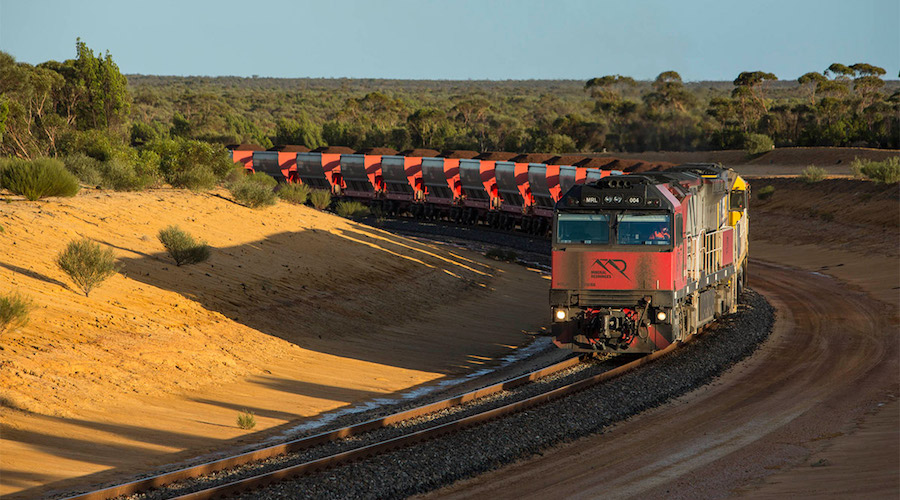Western Australia government rejects Mineral Resources’ iron ore project

The Western Australian government announced Thursday that it has rejected Mineral Resources’ (ASX:MIN) proposal to exploit the Jackson 5 and Bungalbin East iron ore deposits, located at the Helena-Aurora Range.
In a media statement, Environment Minister Stephen Dawson reiterated some of the words he shared last month and emphasized that his office has advocated against the mine after evaluating the environmental, social and economic aspects of Mineral Resources’ plans.
“The Environmental Protection Authority (EPA) has twice found this proposal to be unacceptable on environmental grounds and last month the Minister agreed with the independent Appeals Convenor by dismissing all appeals against the EPA assessment,” Dawson wrote in the release.
The EPA report received nine appeals but following the Convenor’s review, the claims were rejected.
In today’s account, Dawson added that the economic and social benefits of allowing the project do not outweigh its impacts to the regional ecosystem. “This decision has taken into account the pre-eminent environmental values of the Helena-Aurora Range, including the significance of the intact landforms and risks to threatened flora if the proposal was approved.”
To further protect the site, the state government will seek to make the area an A class reserve.
The Helena-Aurora Range is among the world’s oldest banded ironstone formation ranges. It is located in Western Australia’s Northern Yilgarn area and is home to several rare and threatened species, such as the malleefowl.
“Once mined, these landforms cannot be restored and today’s decision means the McGowan Labor Government is preserving this range for future generations,” Dawson concluded.
Following the government’s announcement, Mineral Resources issued a press release where Simon Rushton, the joint company secretary, called the decision “disappointing.” In his view, the negative would shake the local community and businesses. “The decision will also negatively impact the wider State as it will bring an end to the material revenue the Yilgarn operation contributed to State coffers in the form of royalties, port fees and general economic activity. However, this decision will not have a material impact on MRL’s business as the increasing discount and declining demand for low-grade iron ore products has continued to reduce the financial contribution the Yilgarn business makes to our overall financial performance,” he said.
More News
{{ commodity.name }}
{{ post.title }}
{{ post.date }}



Comments
Mark
Enviro surveys in WA generally occur after a discovery has been made (funded by the discovery company) and rare flora and fauna are invariably found throughout the Pilbara & Yilgarn BIF ranges. A number of these species may not be rare as no comprehensive broad survey has been carried out in WA. Sometimes these rare species are found elsewhere when surveys are carried out away from the targeted ranges.
Often the species are indistinguishable from each other and only identified by DNA analysis, and as the BIF ranges may be kilometres apart you now have rare species only distinguished by DNA. The question is- is this a valid technique to identify physically identical species with only a slight DNA variance? How much DNA variance is required to determine a new species. A method to generate scientific publications by these academics?